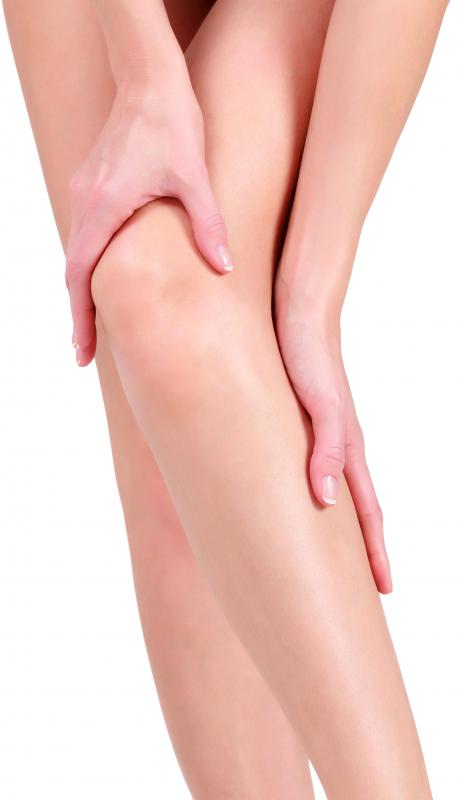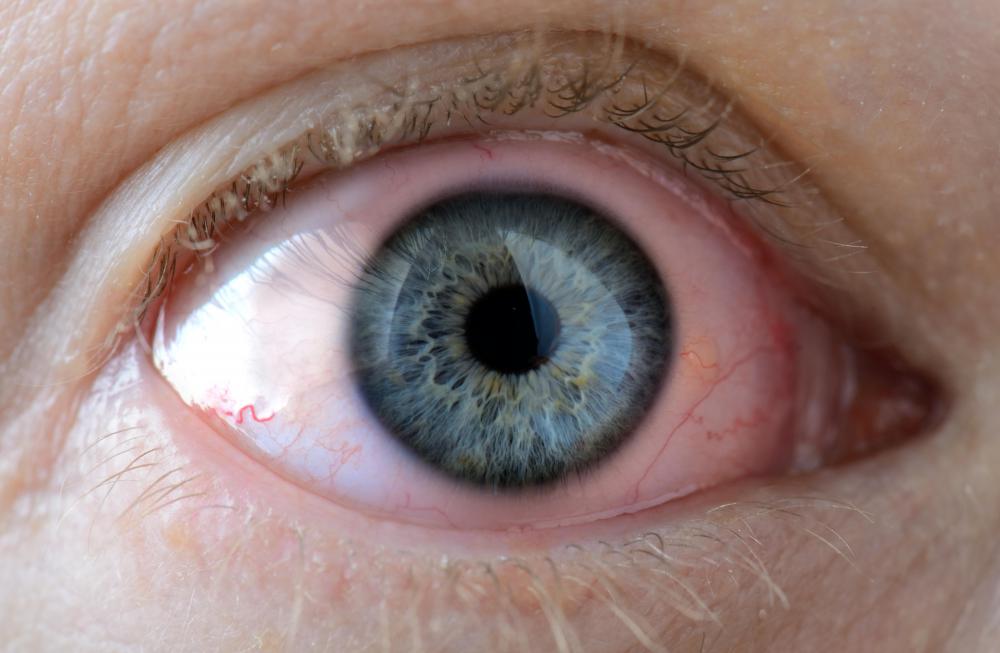At WiseGEEK, we're committed to delivering accurate, trustworthy information. Our expert-authored content is rigorously fact-checked and sourced from credible authorities. Discover how we uphold the highest standards in providing you with reliable knowledge.
What Is a Rubefacient?
A rubefacient dilates the capillaries to increase circulation when applied topically to the skin. As the name suggests, they cause skin reddening because of the increased blood flow, and they also tend to create a feeling of warmth at the site of application. Historically, rubefacient preparations were believed useful in the treatment of aches, pains, and soreness. Evidence-based reviews suggest that they provide limited benefits, especially when compared to other readily available compounds to treat issues like inflammation.
Some plants are natural sources of rubefacients, including nettles and ginger. Plant-derived compounds like salicylic acid, capsaicin, and menthol can also be used as topical applications for the skin. These compounds are sometimes known as counter-irritants, because they cause skin irritation that was once believed to act against the underlying irritation that caused pain in the first place. Medical practitioners in numerous cultures believed it was possible to treat disorders with compounds like counter-irritants into the 20th century, when scientific research indicated that such treatments were of limited effectiveness.

When patients apply a rubefacient to the skin, it is slowly absorbed, and it dilates the walls of the blood vessels. Patients may notice tingling and heat as it soaks in, and the area should start to turn red because of the increased circulation. Underlying pain and soreness may appear to resolve, but in actuality the heat tends to cover the pain rather than addressing it. The compound also doesn’t directly address inflammation and can in fact make it worse.

People may obtain rubefacient preparations by prescription as well as on drugstore shelves. Many are not harmful, but don’t provide substantial benefits; someone with a sore knee from sports, for example, might be better served by icing it and taking oral antiinflammatory medications. Sometimes treatment with a topical liniment may be recommended as a form of placebo treatment, where the patient feels better as a result of applying the medication and smelling it.

It is usually advisable to keep such preparations away from the mucous membranes. They are more sensitive than the skin and can experience extreme irritation when exposed to rubefacients. After applying topical preparations to the skin, people should wash their hands before using the bathroom, touching the eyes, or changing a baby’s diaper. If a rubefacient does cause extreme pain and irritation, it can be flushed with warm water and mild soap, or an alkaline product like milk that can neutralize some of the irritation.
AS FEATURED ON:
AS FEATURED ON:
















Discuss this Article
Post your comments